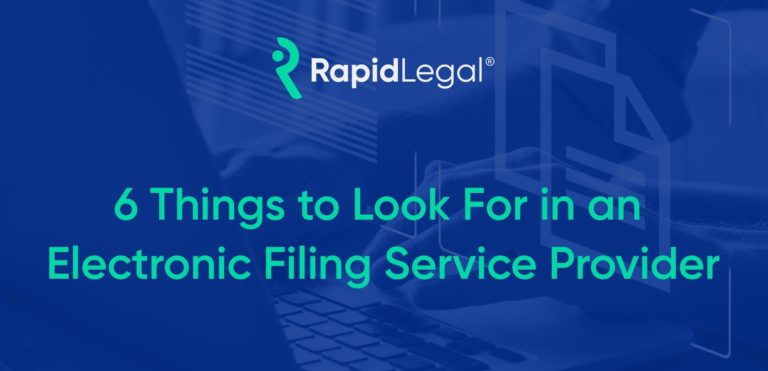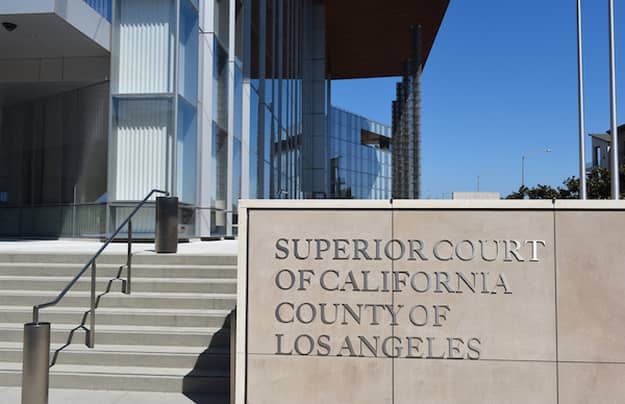6 Things To Look For In An Electronic Filing Service Provider (EFSP)
In this buying guide, you will learn six important factors to keep in mind when evaluating an EFSP to be one step closer to finding the right one for your organization.
6 Things To Look For In An Electronic Filing Service Provider (EFSP) Read Post











